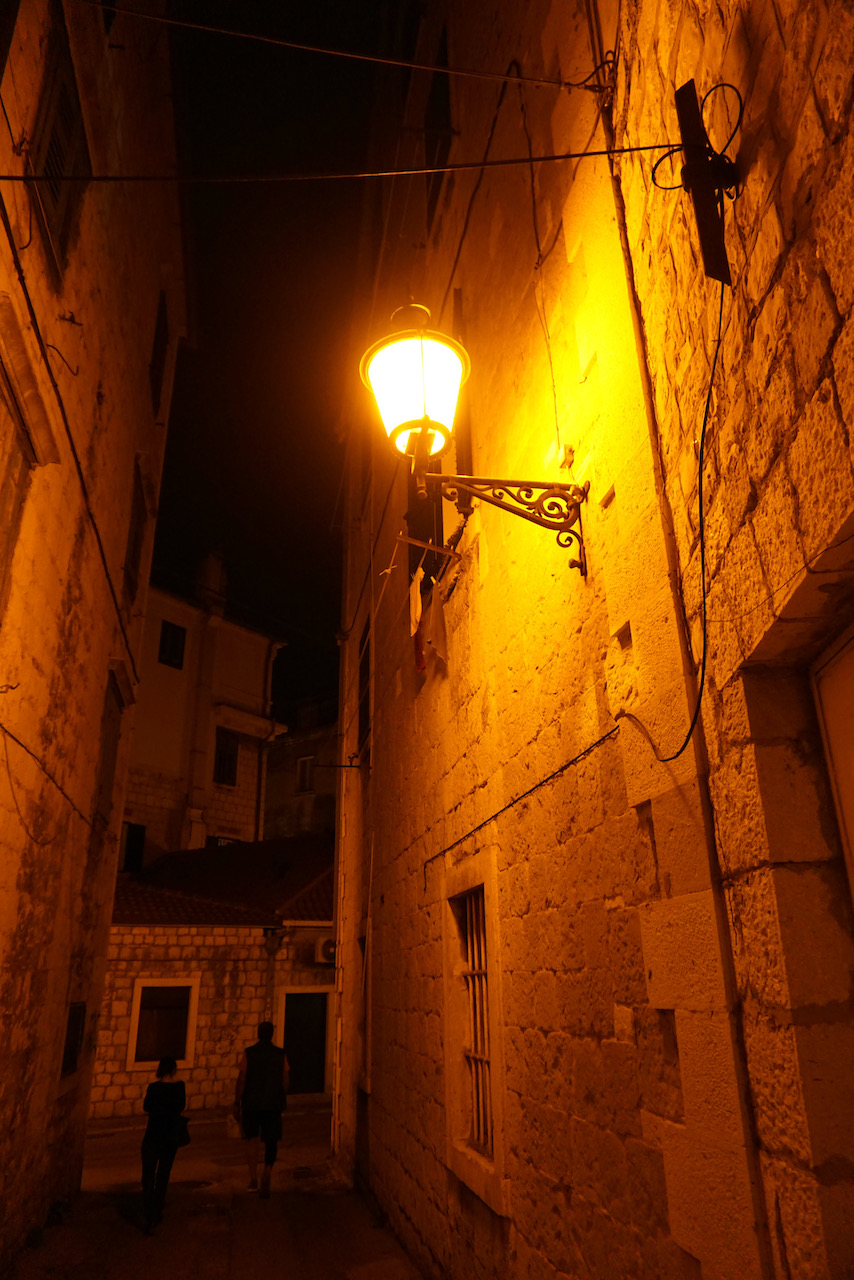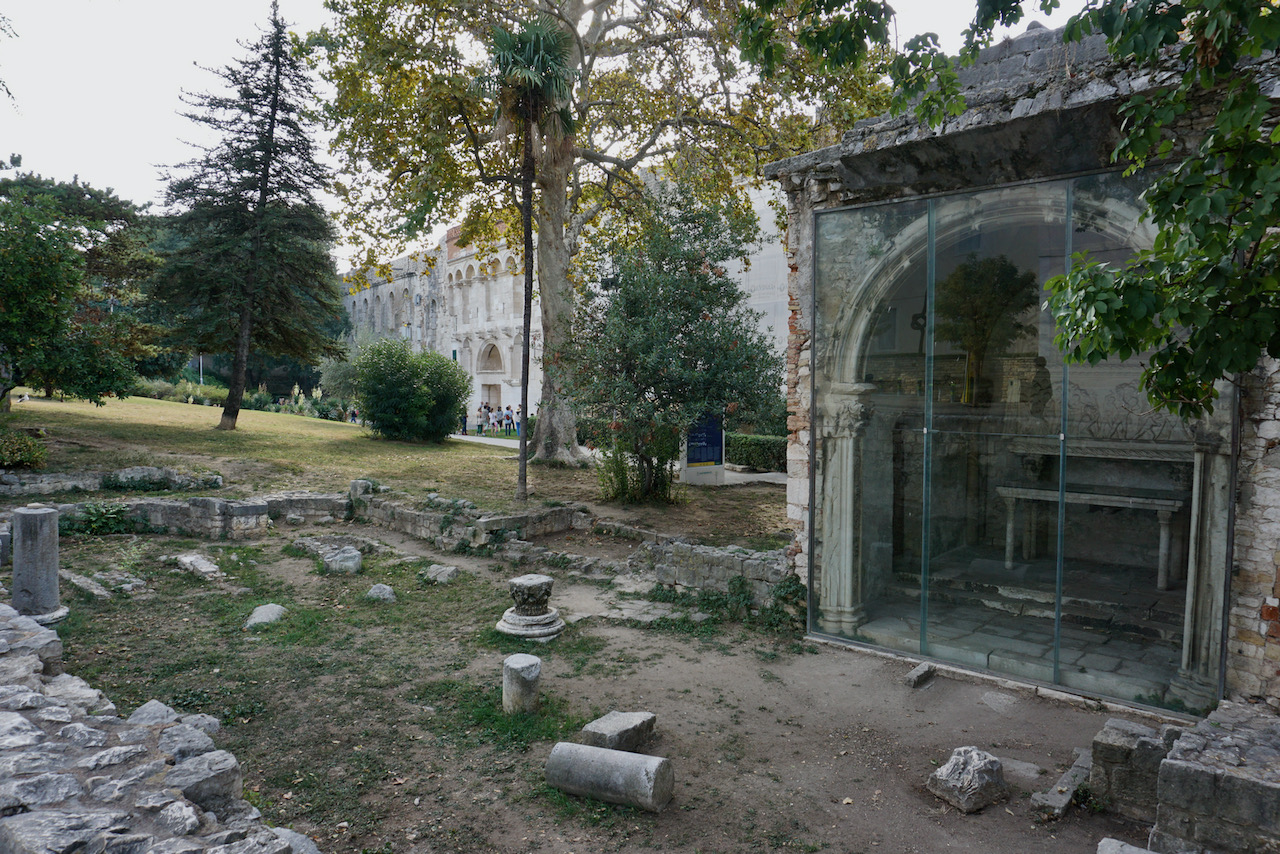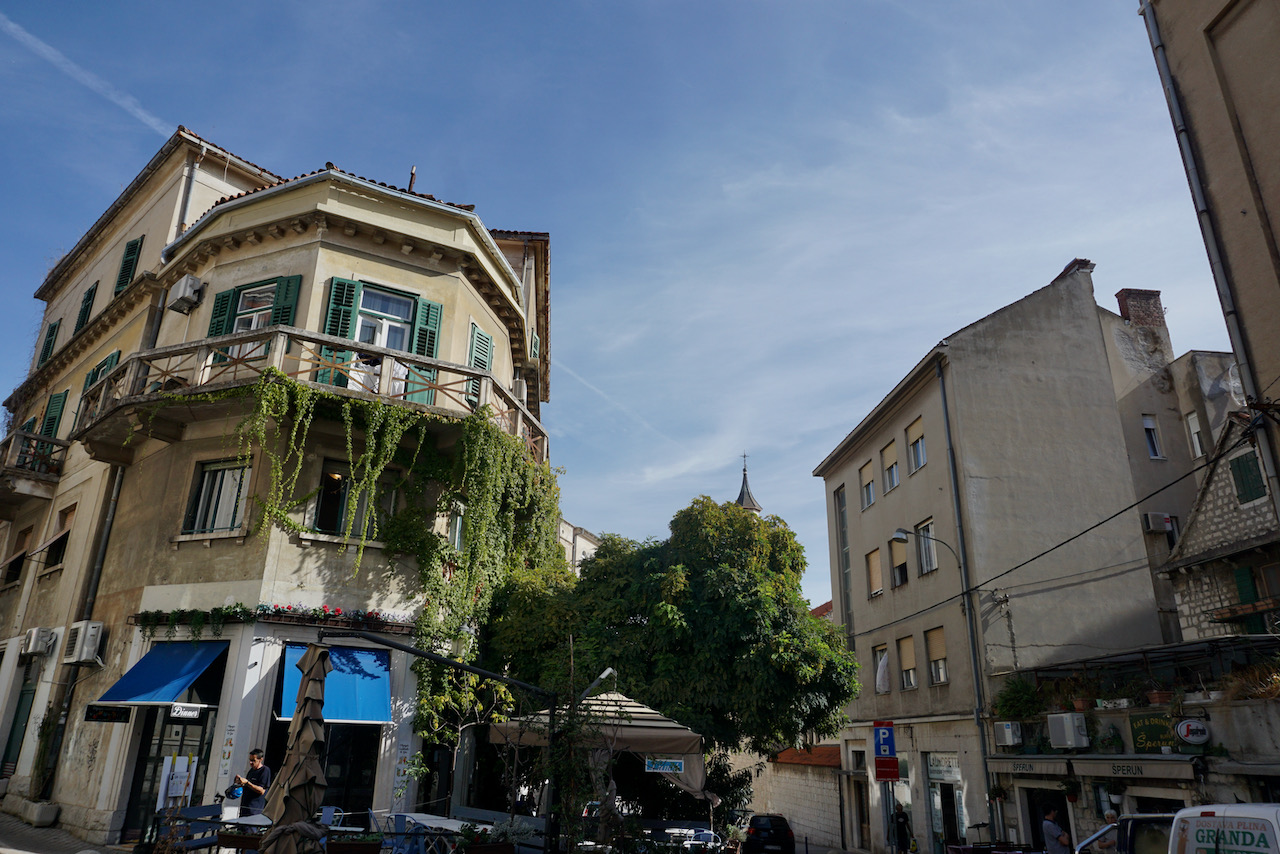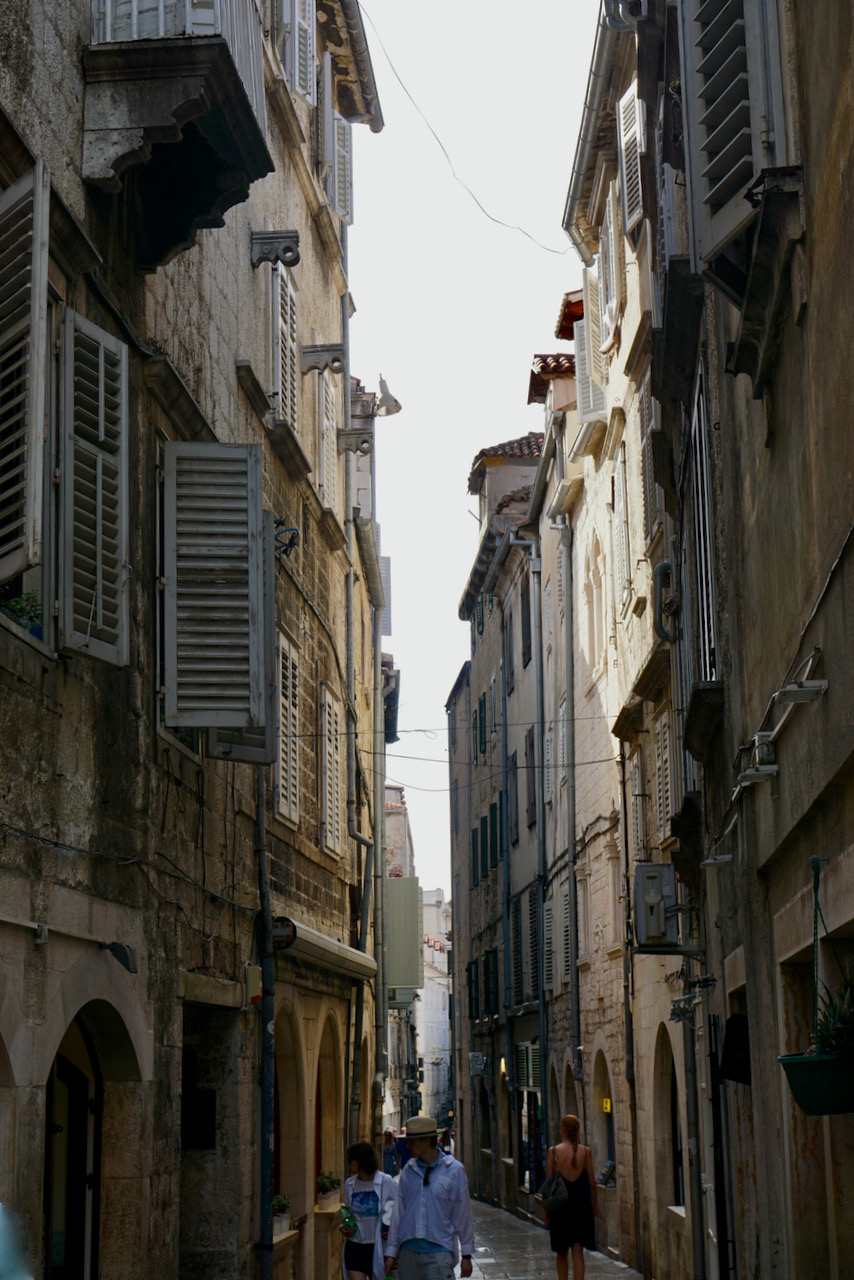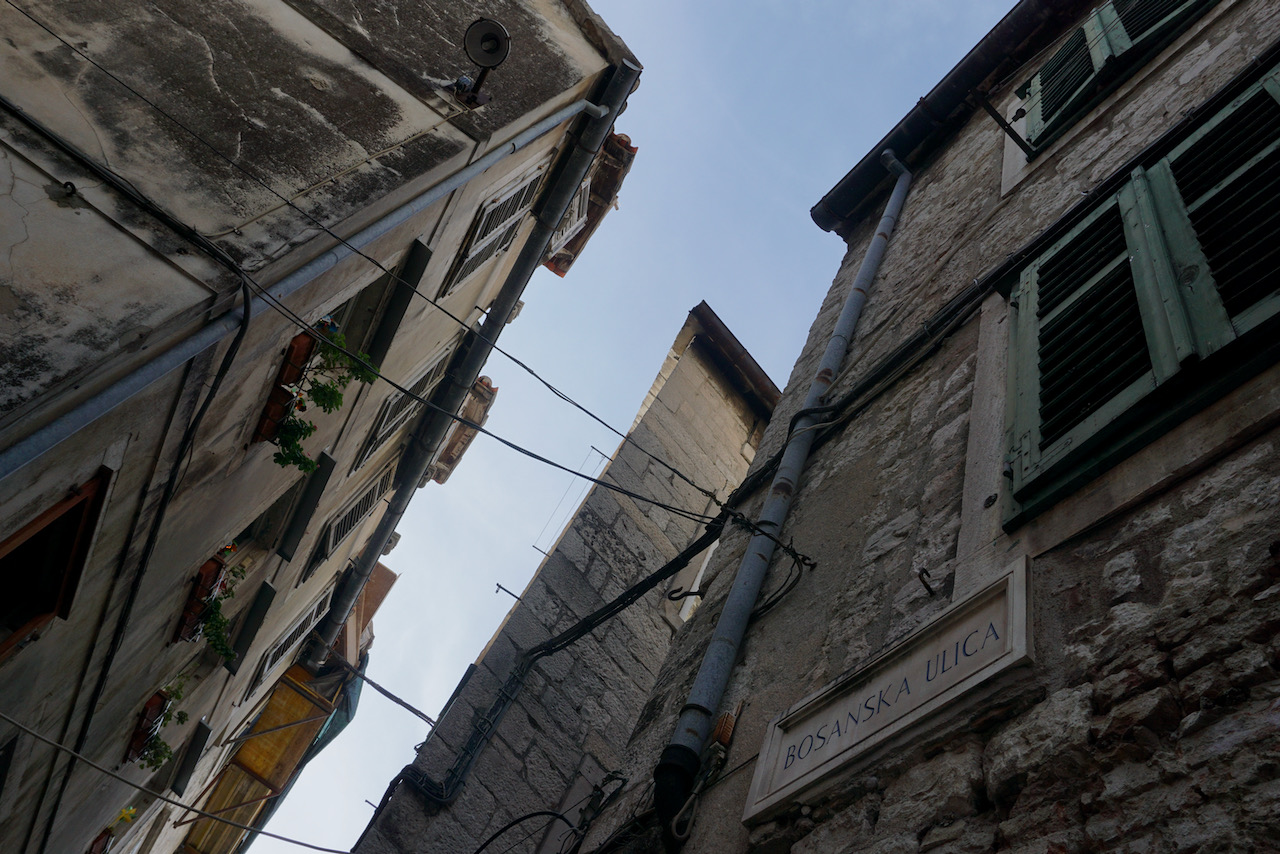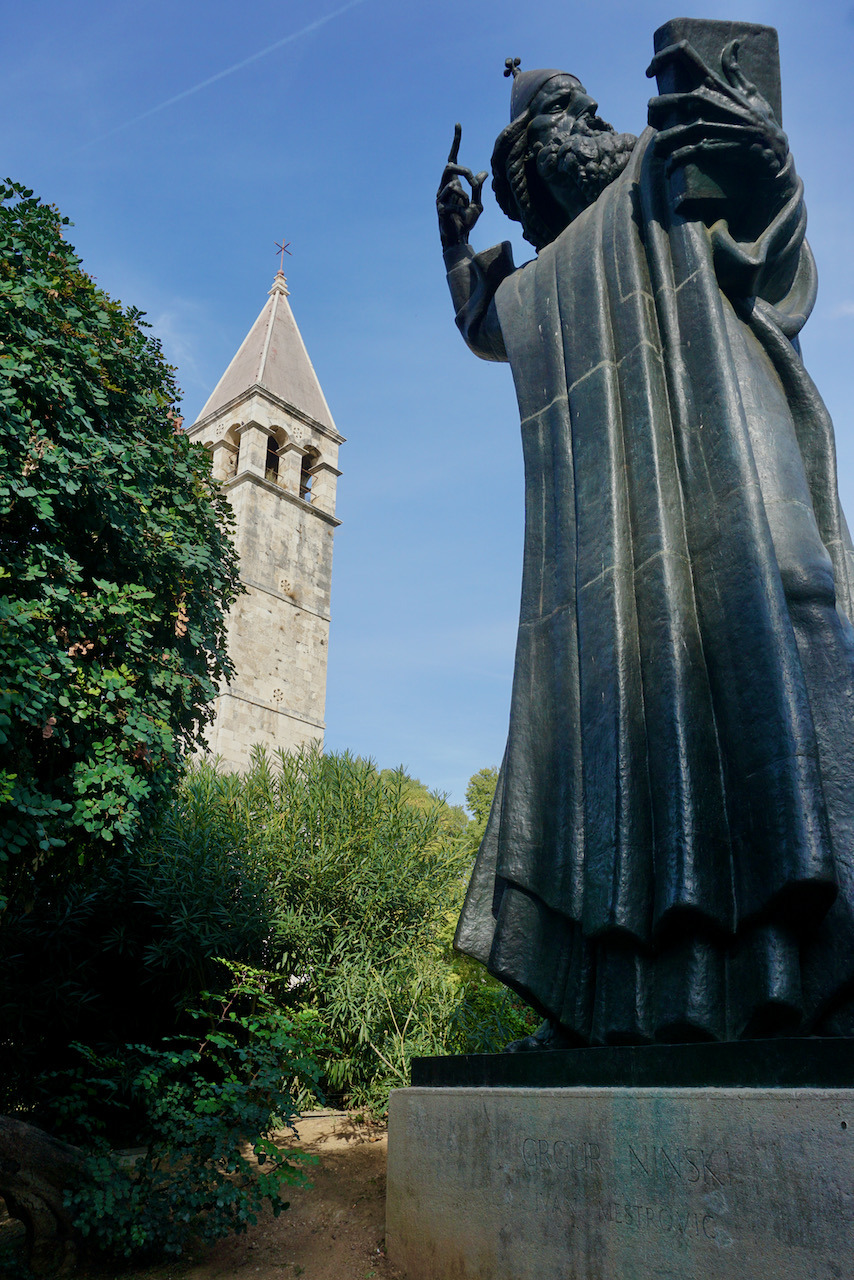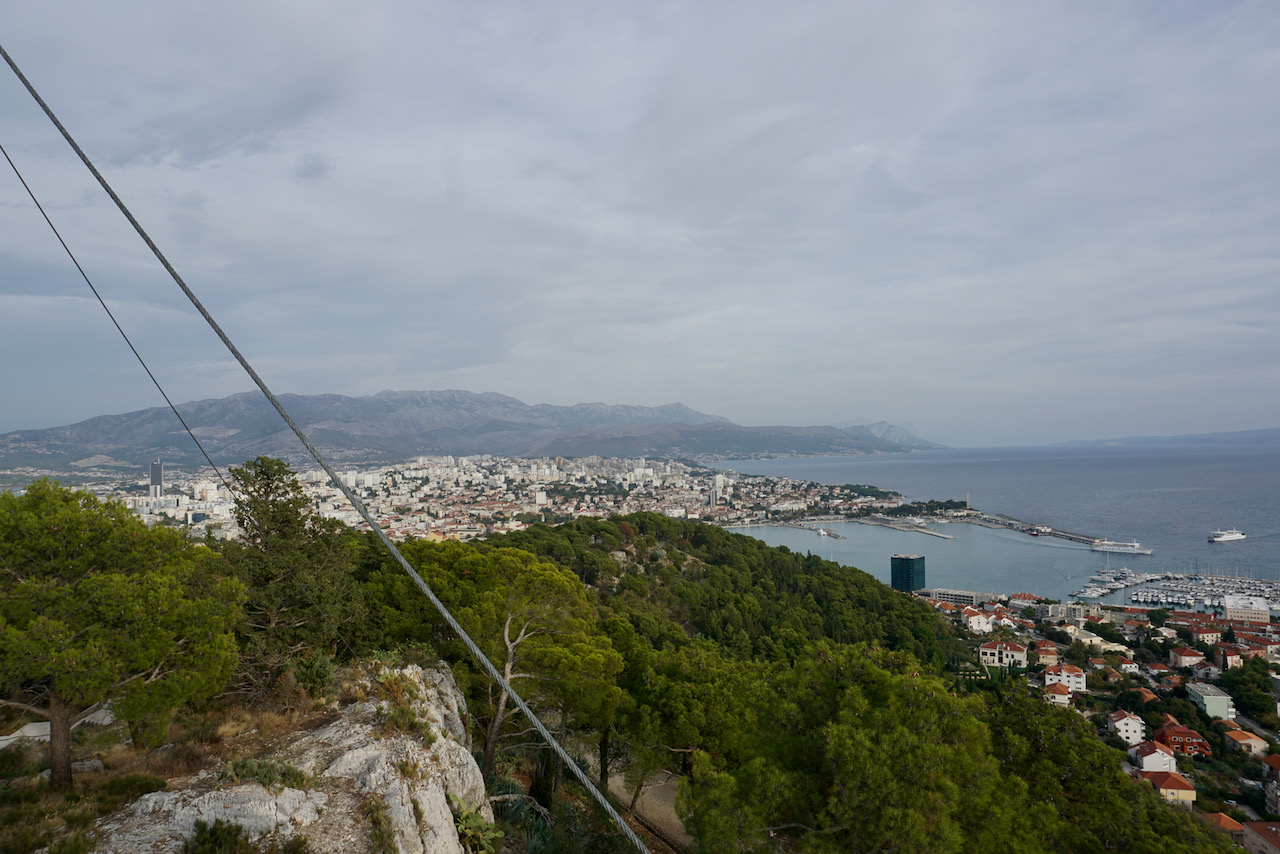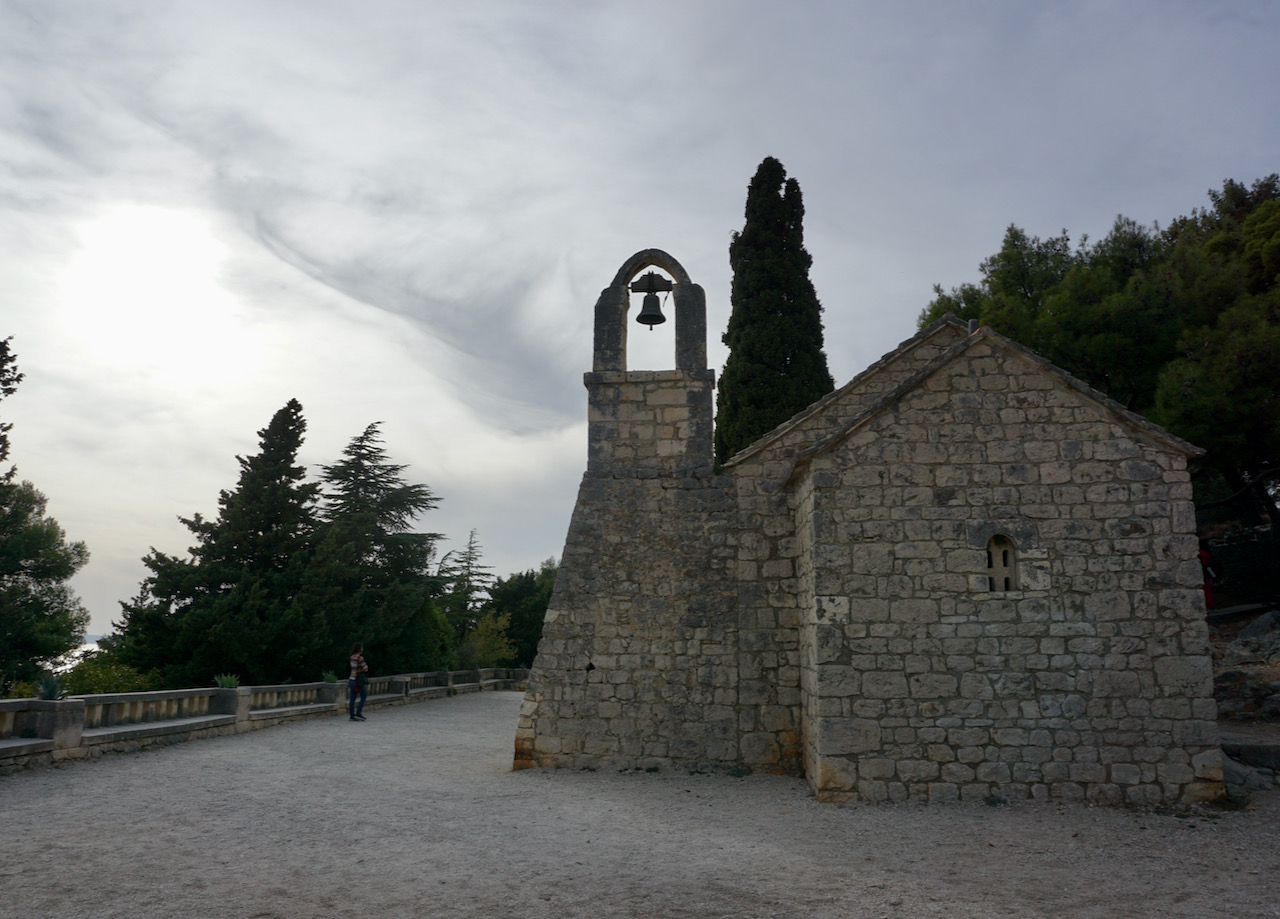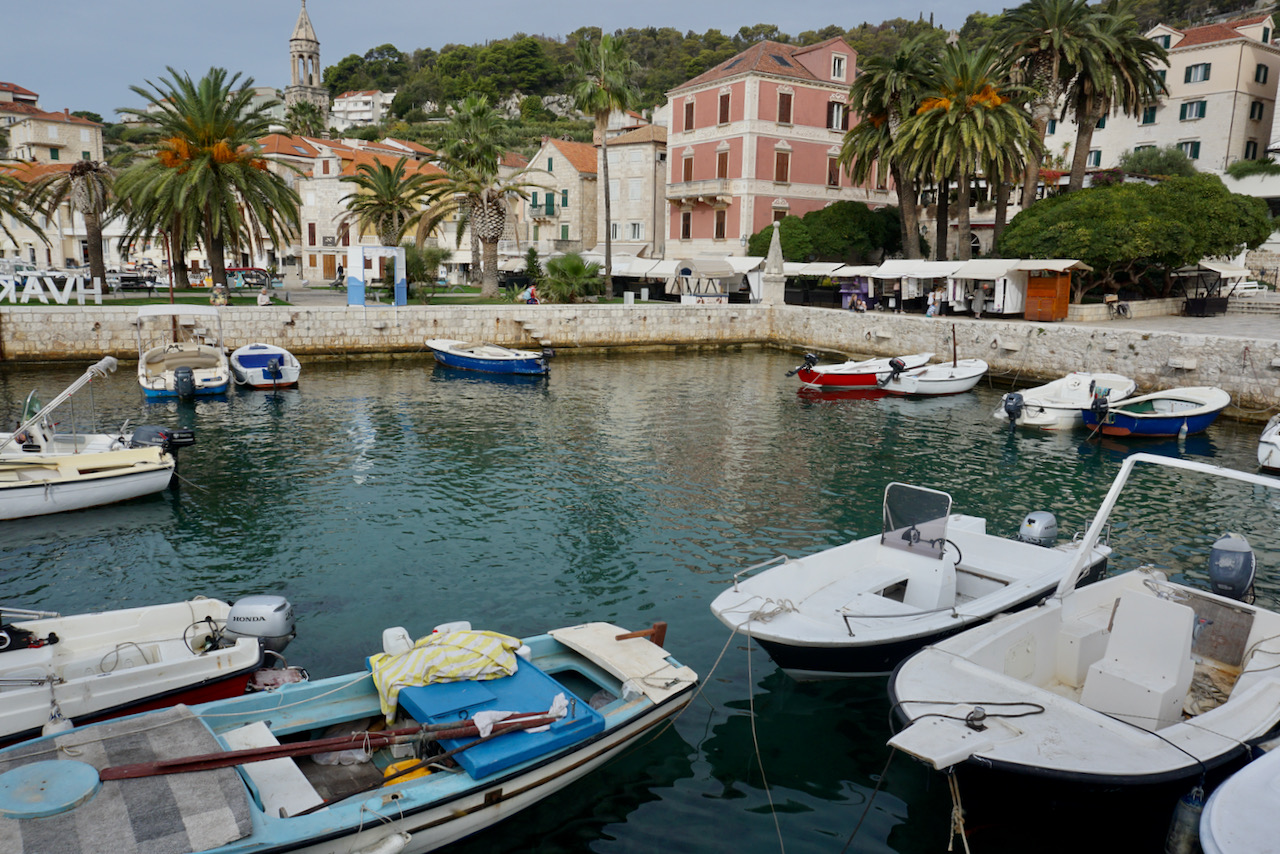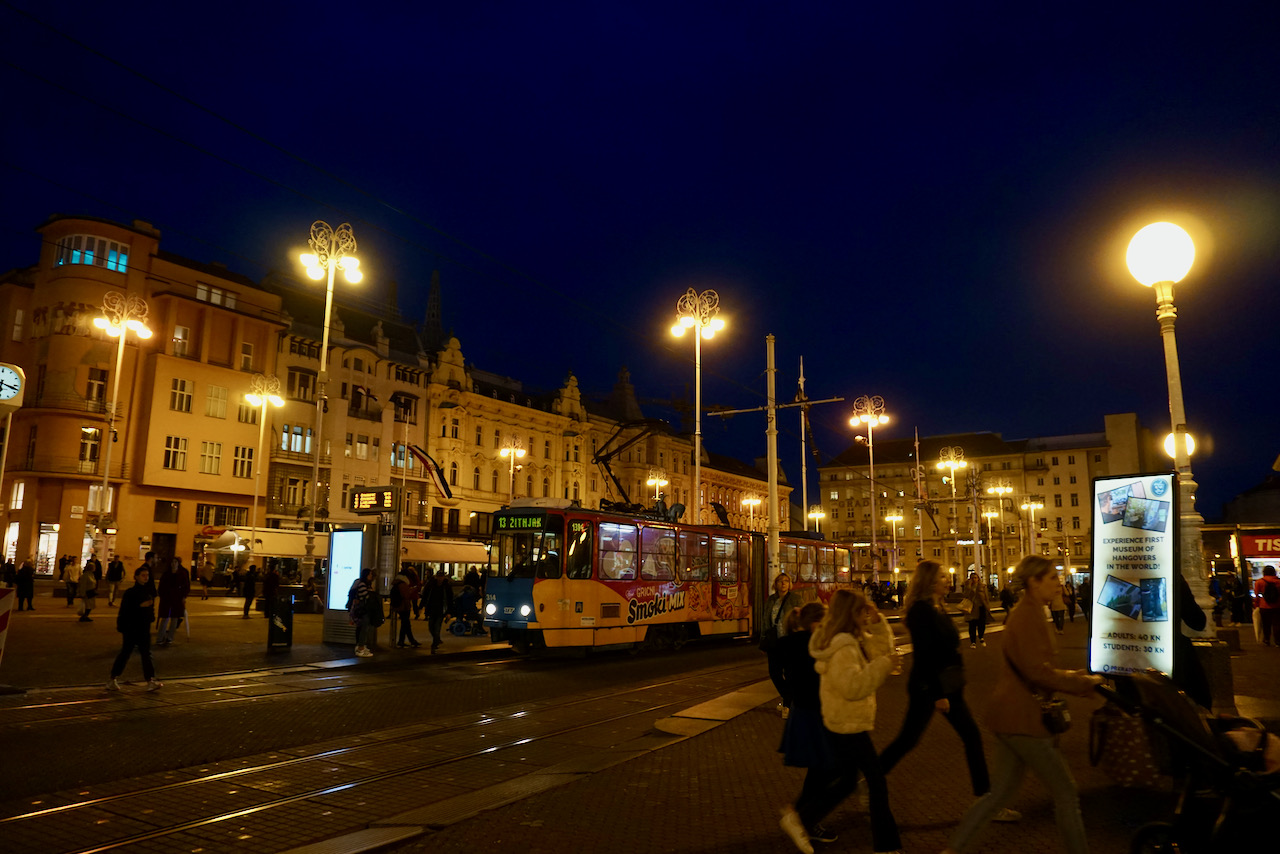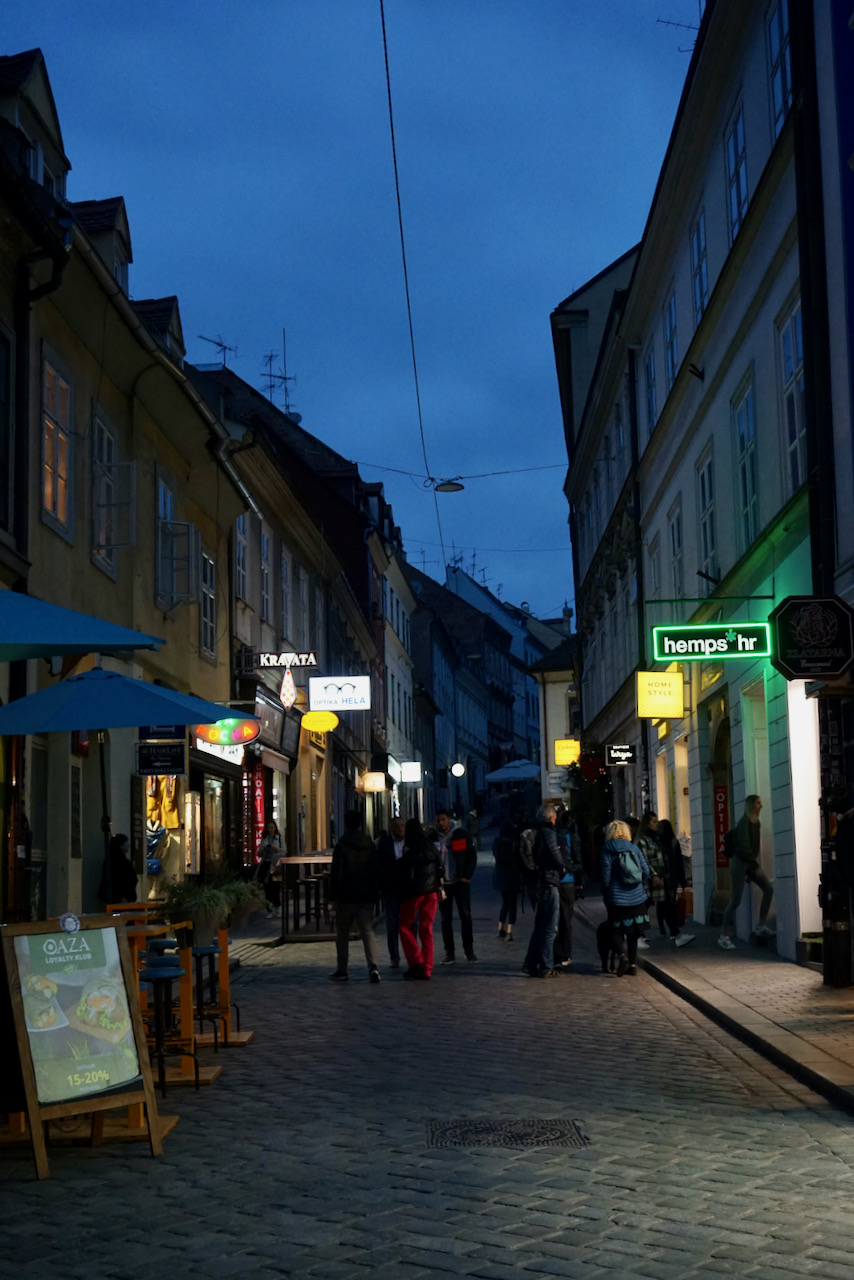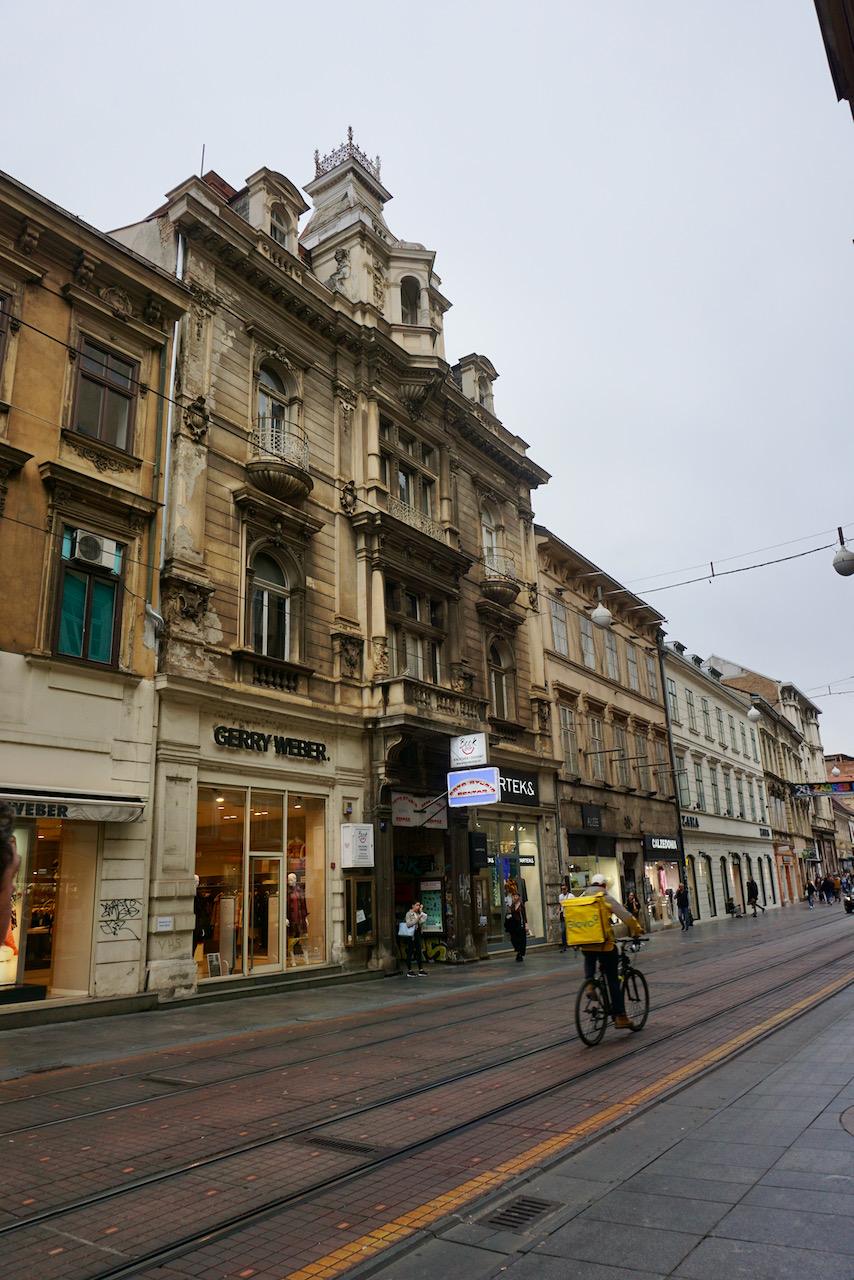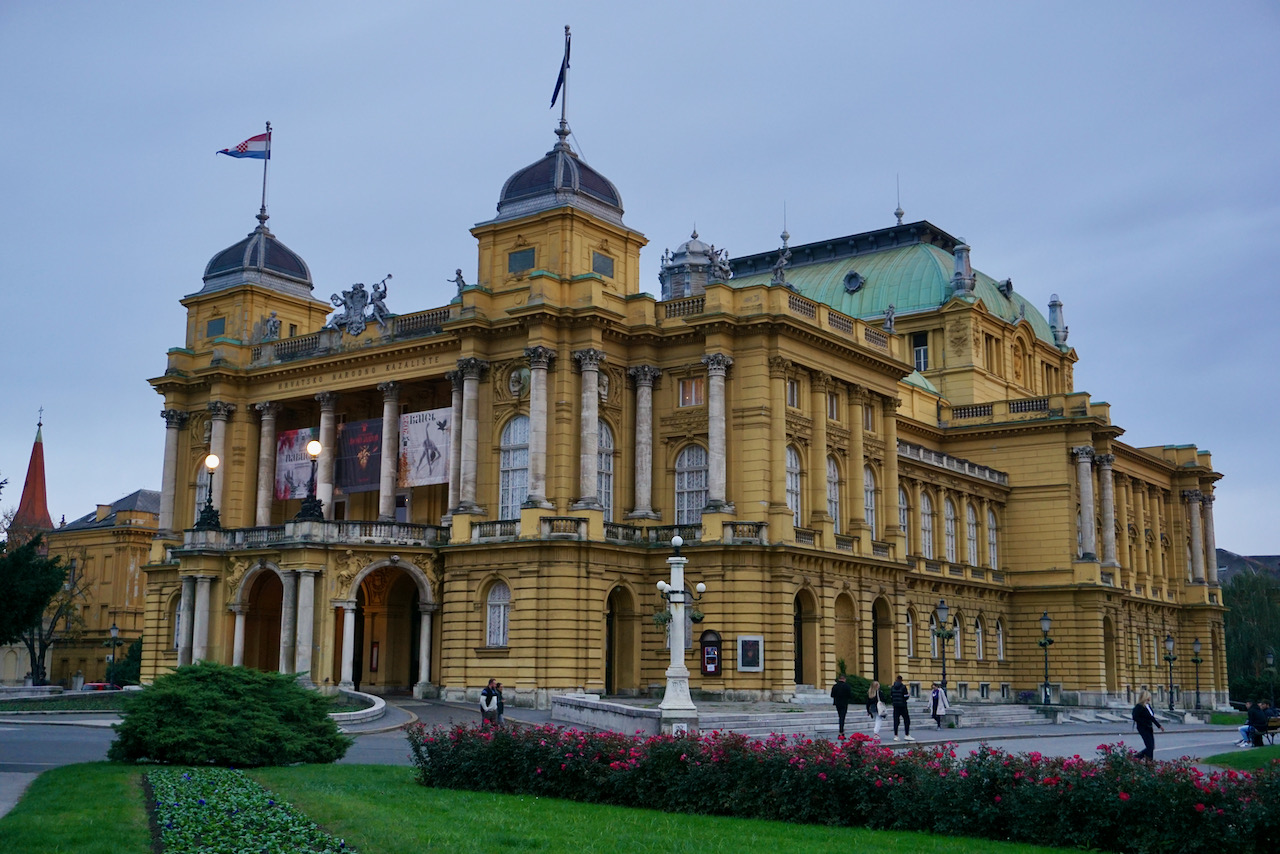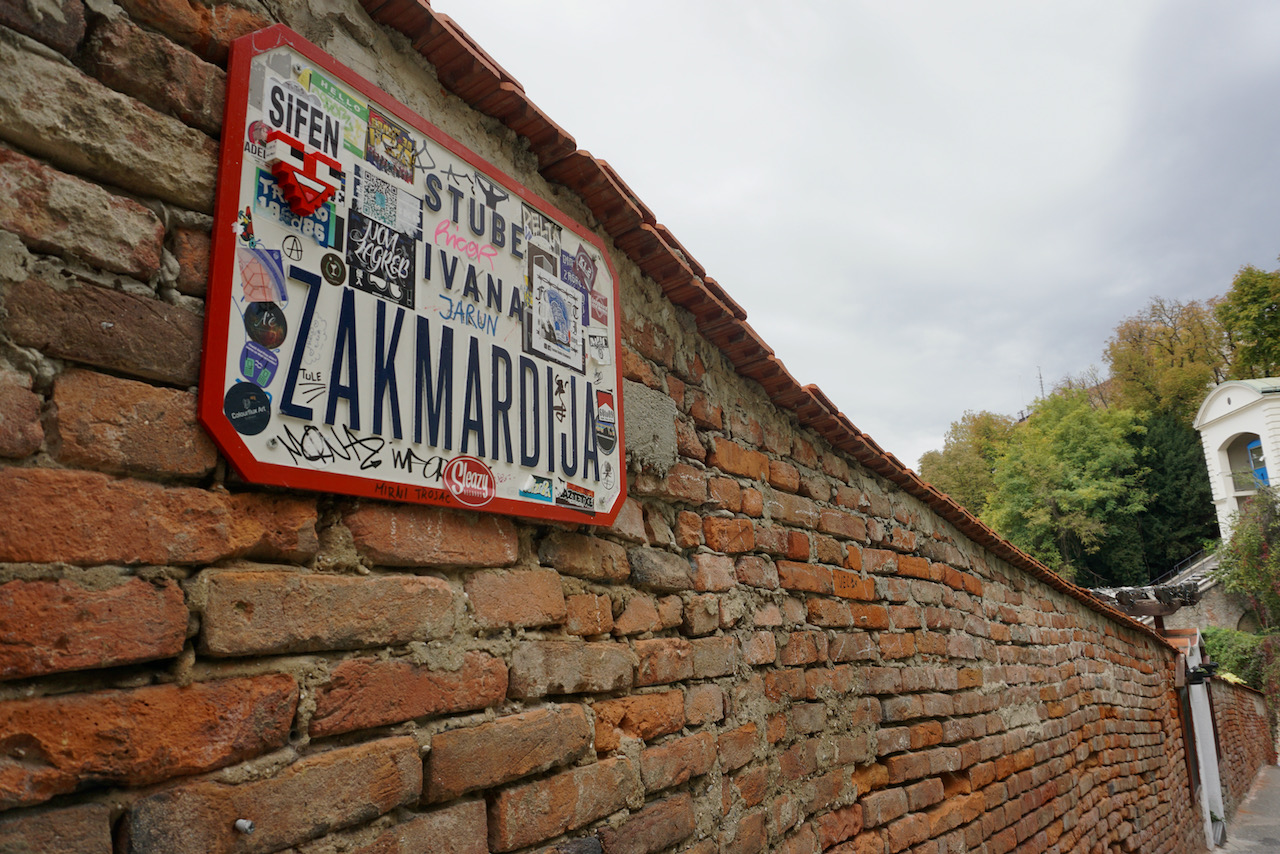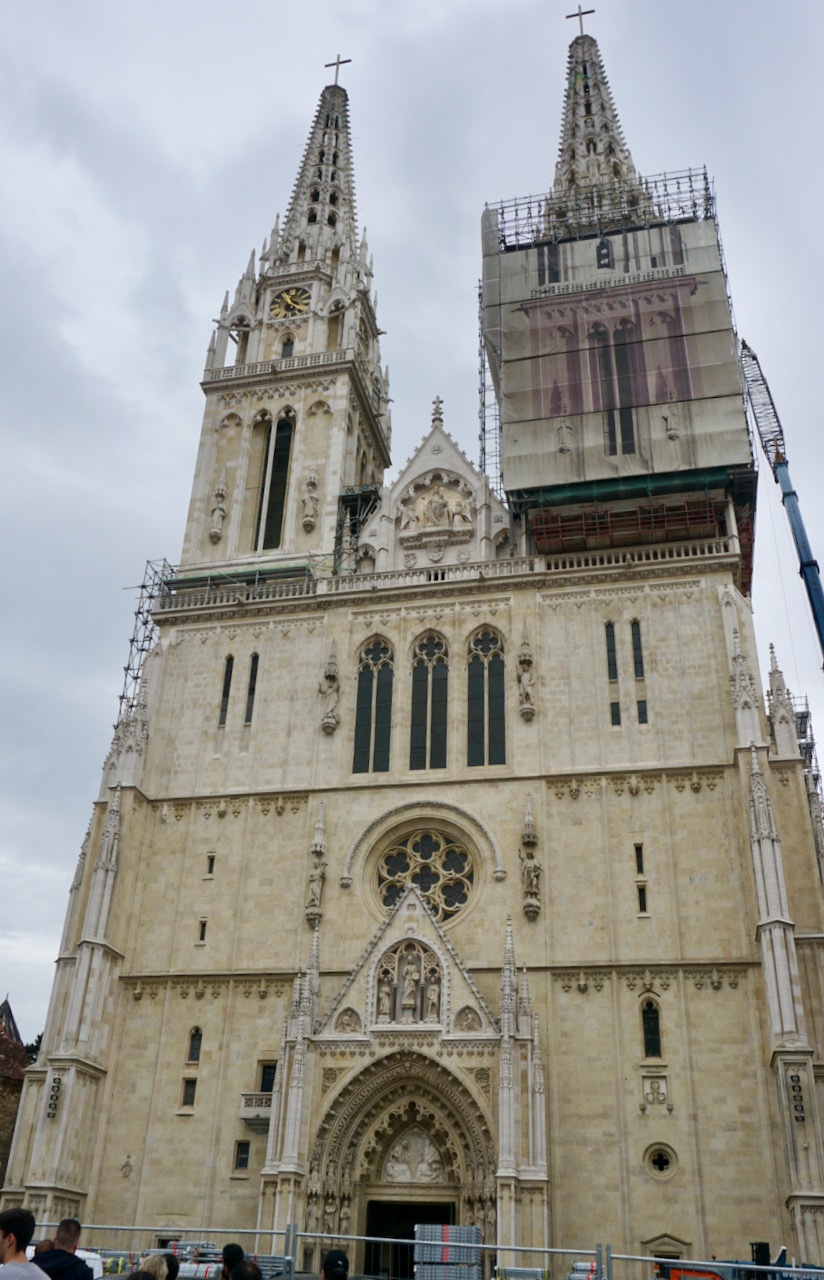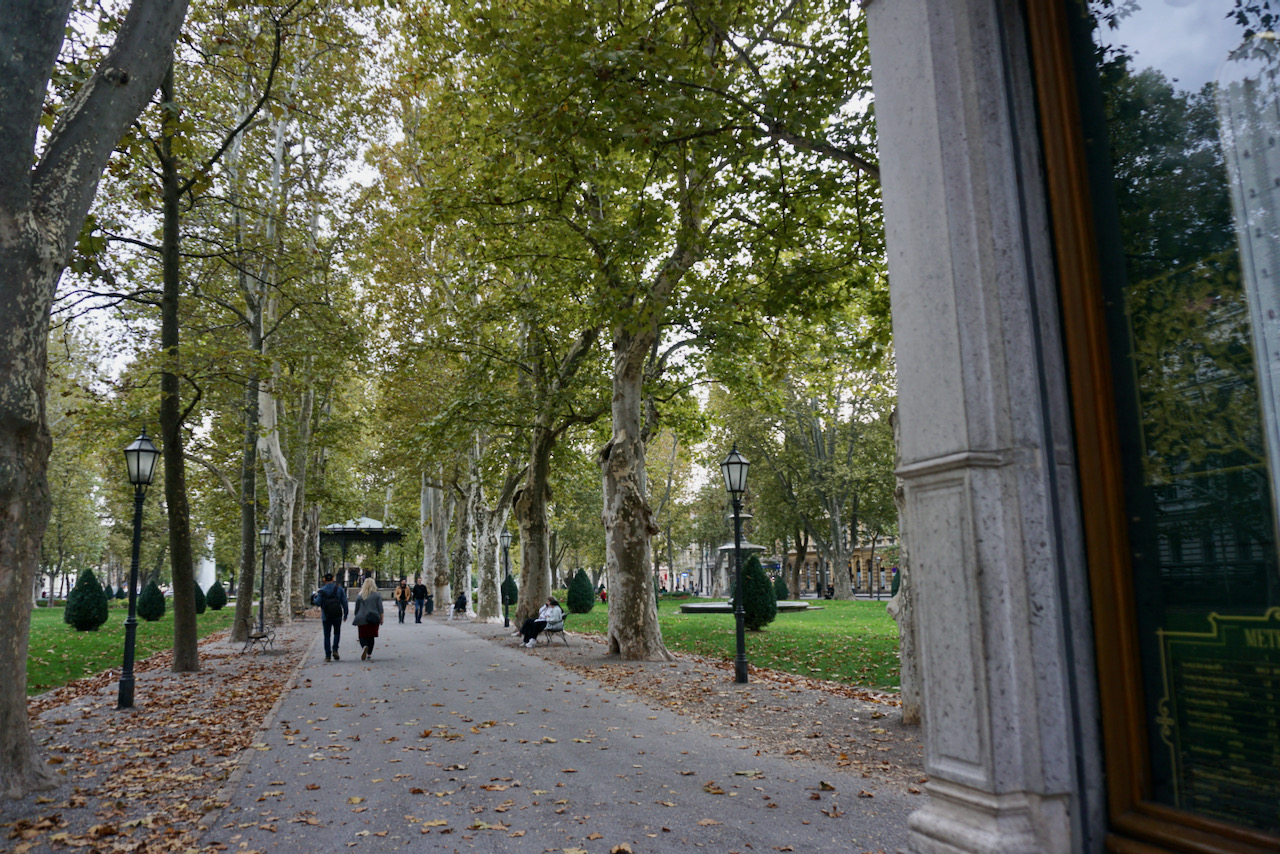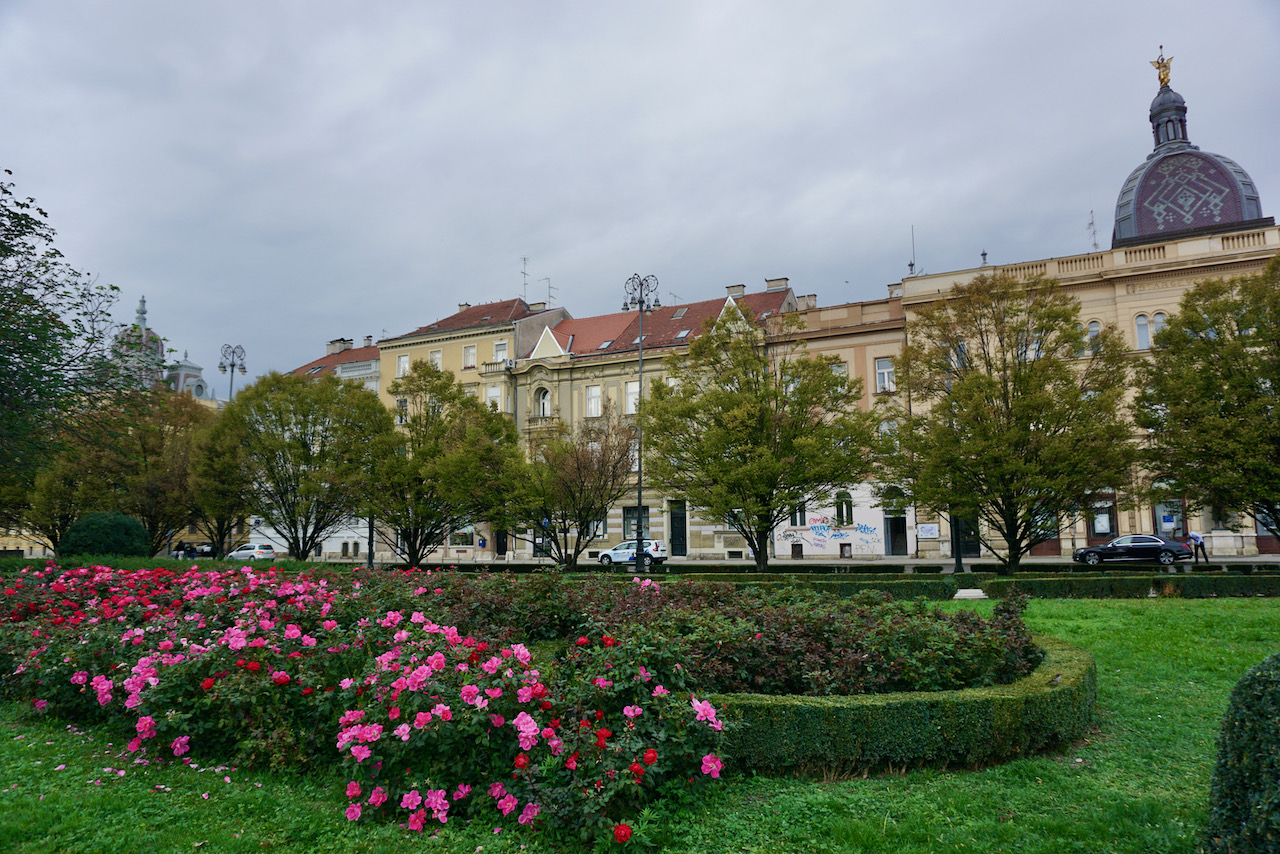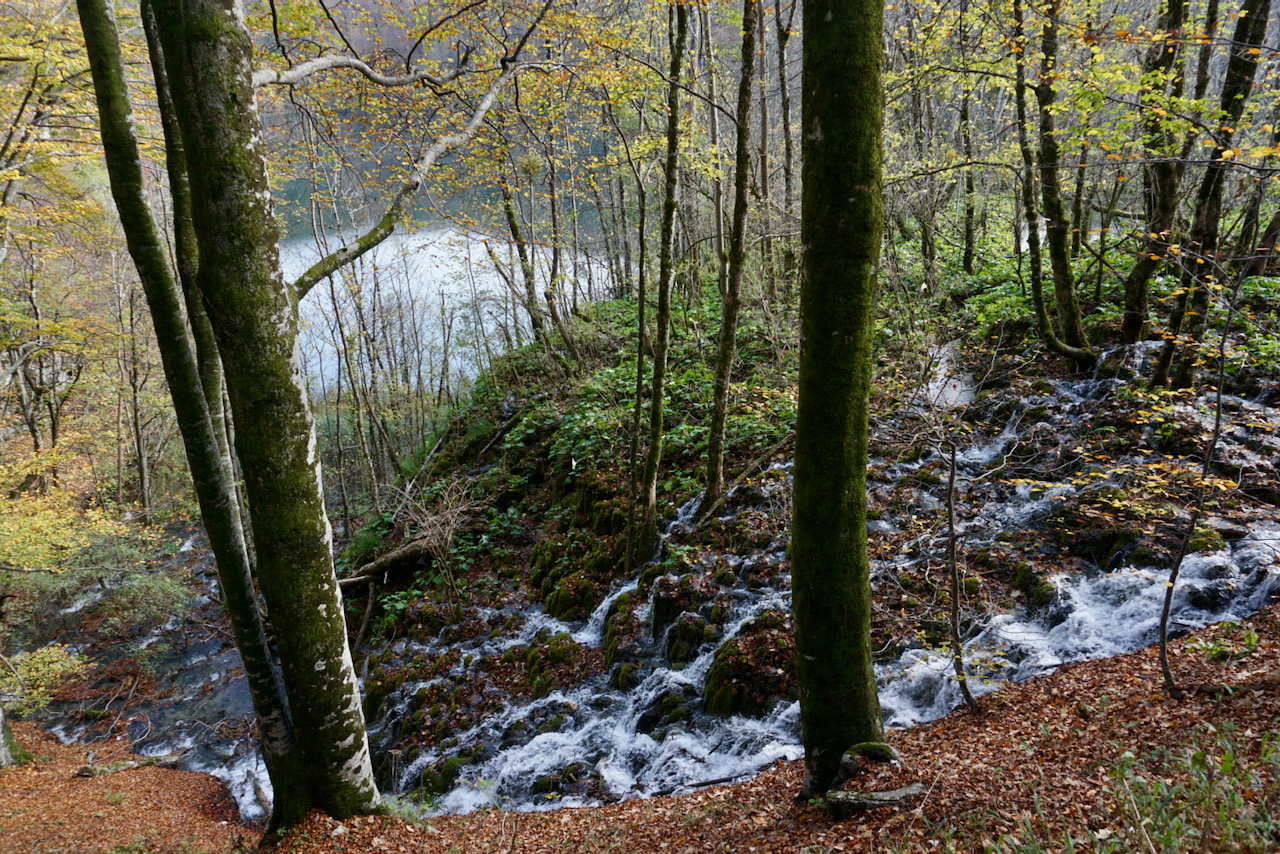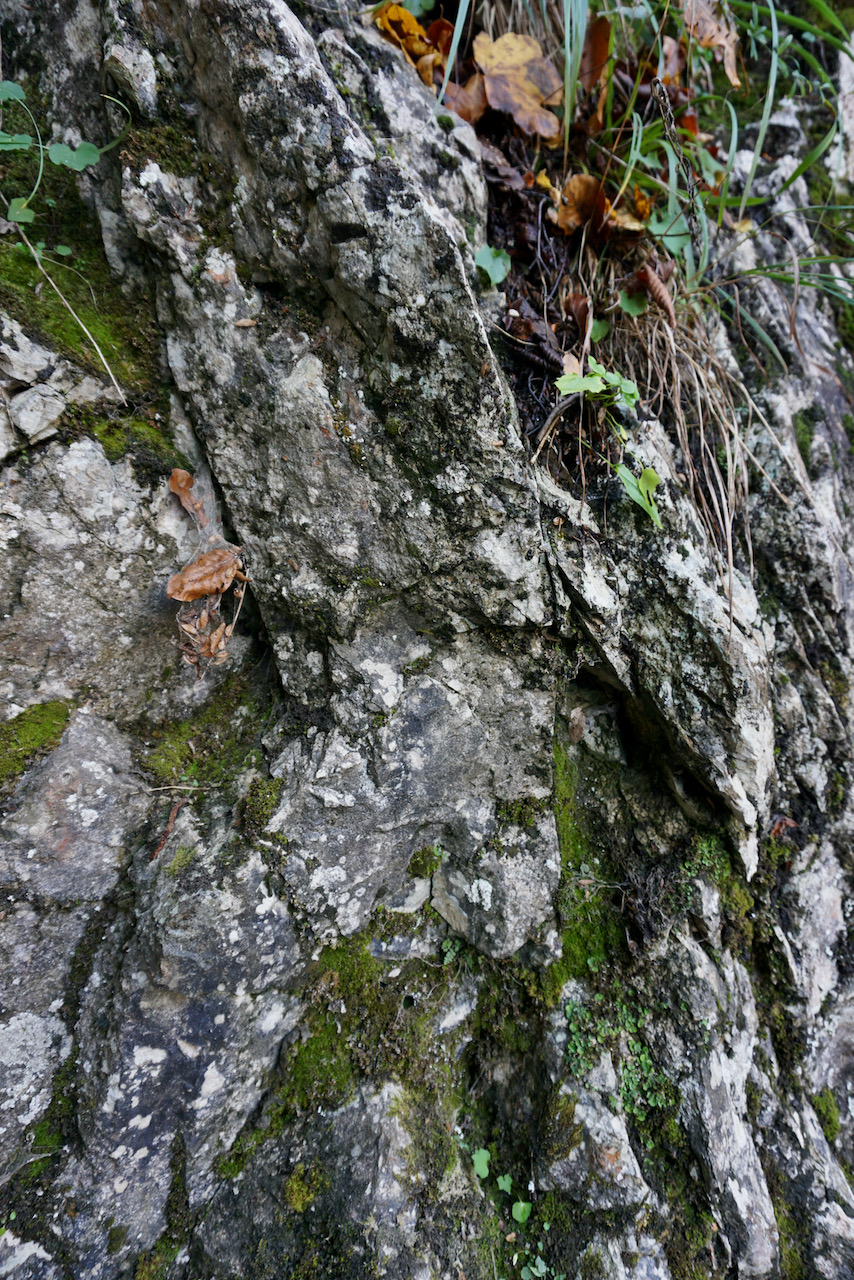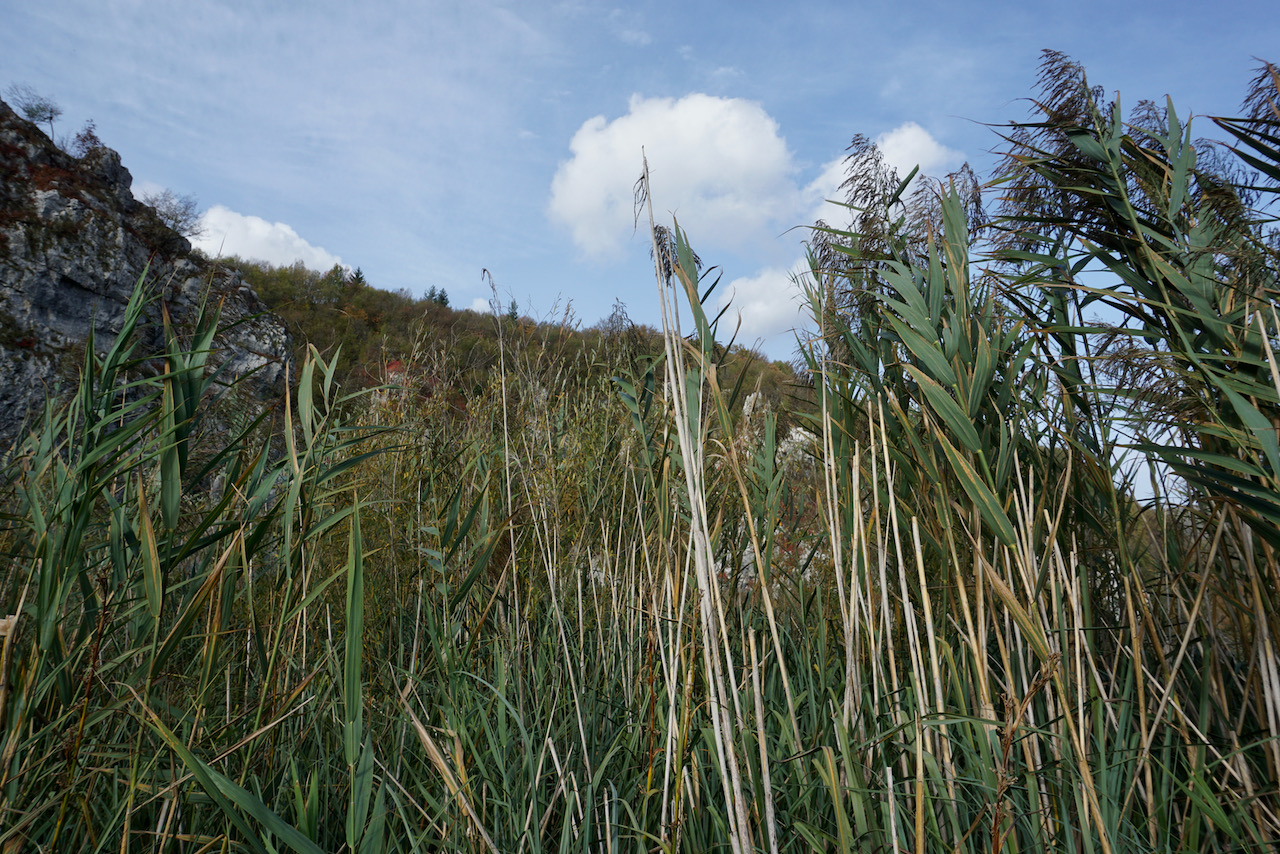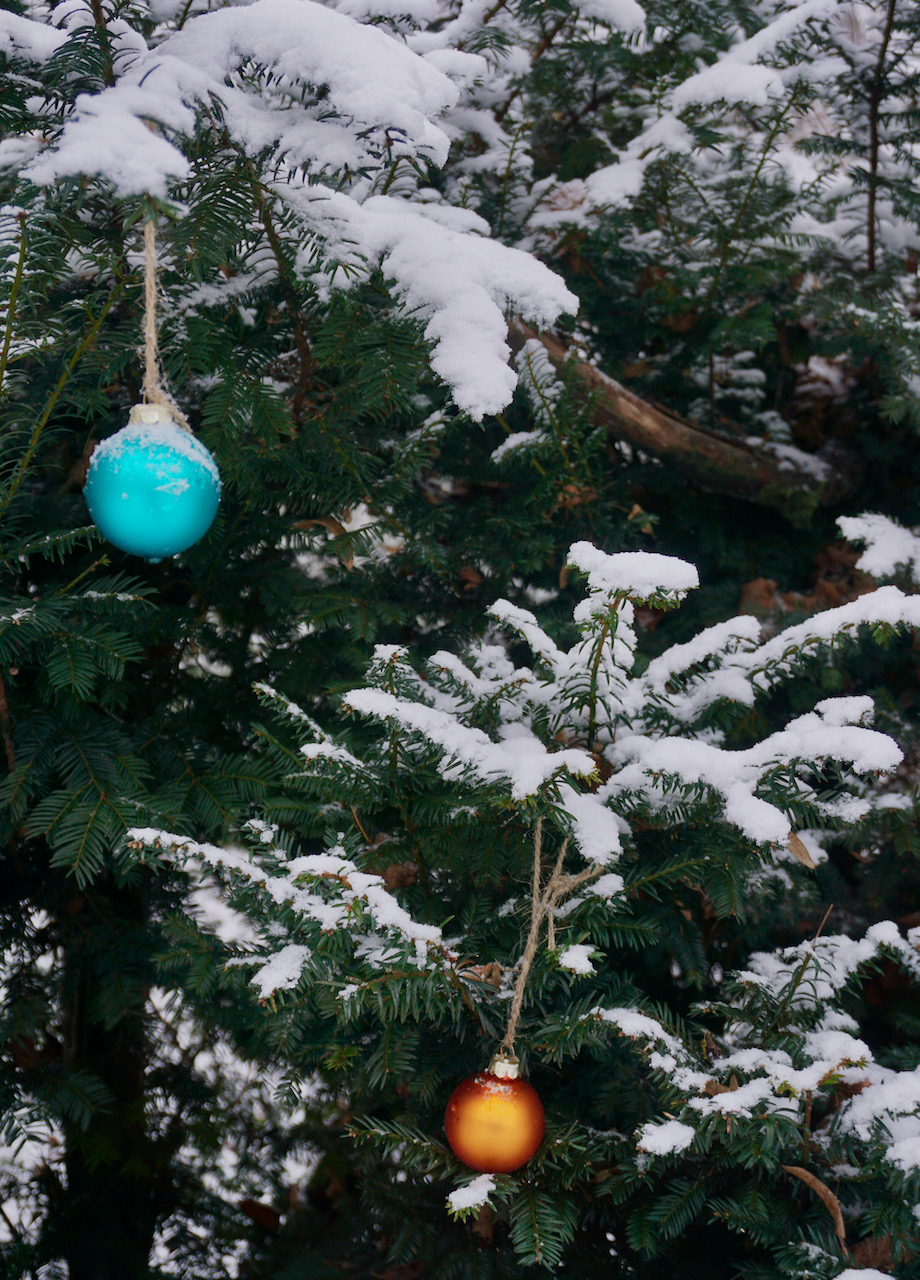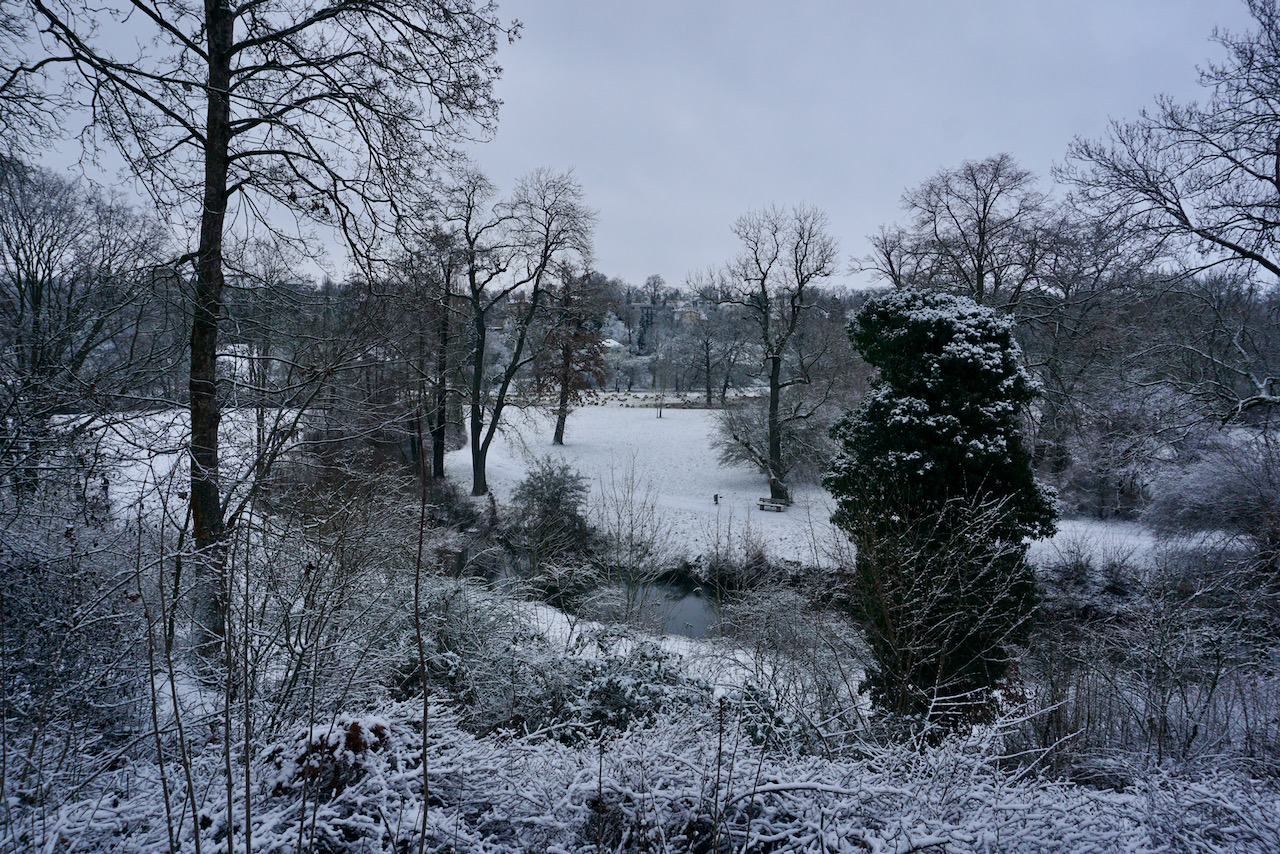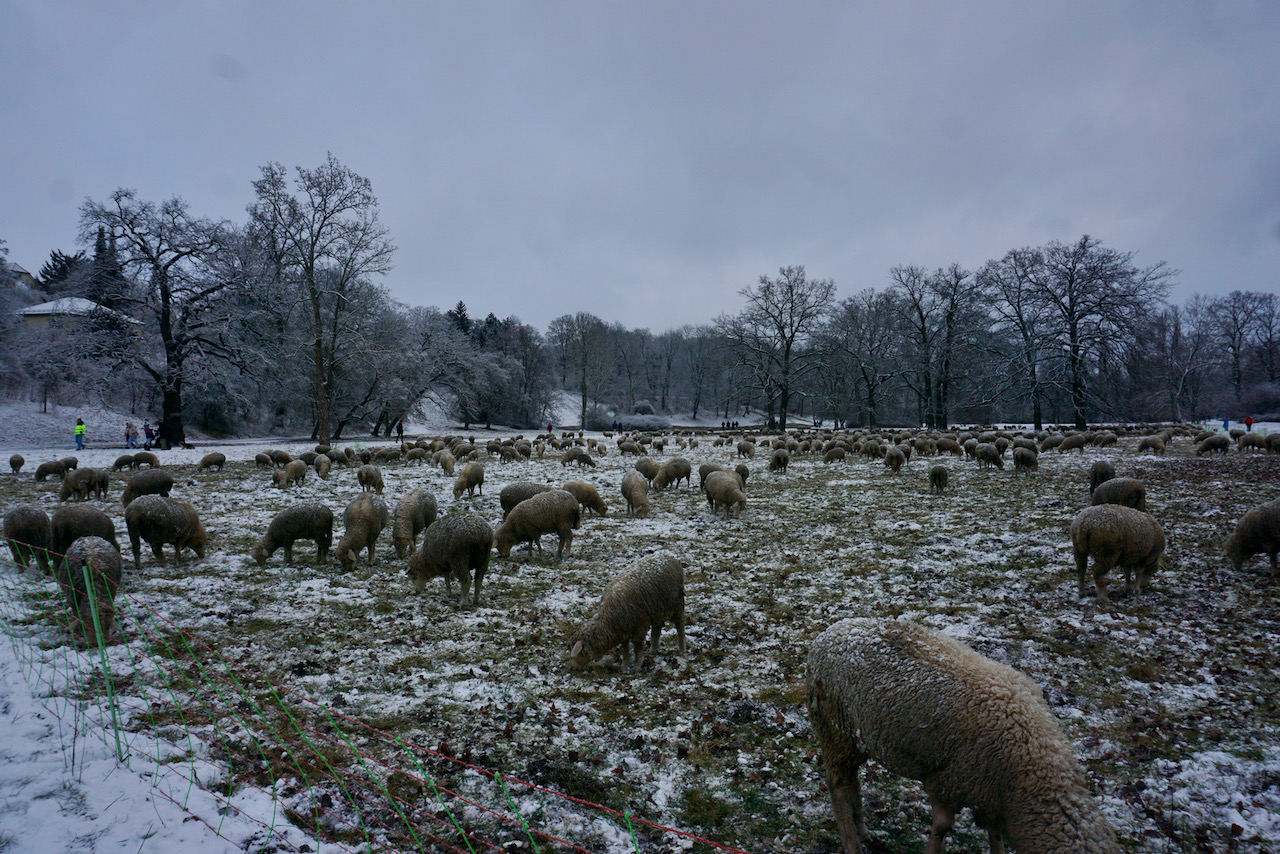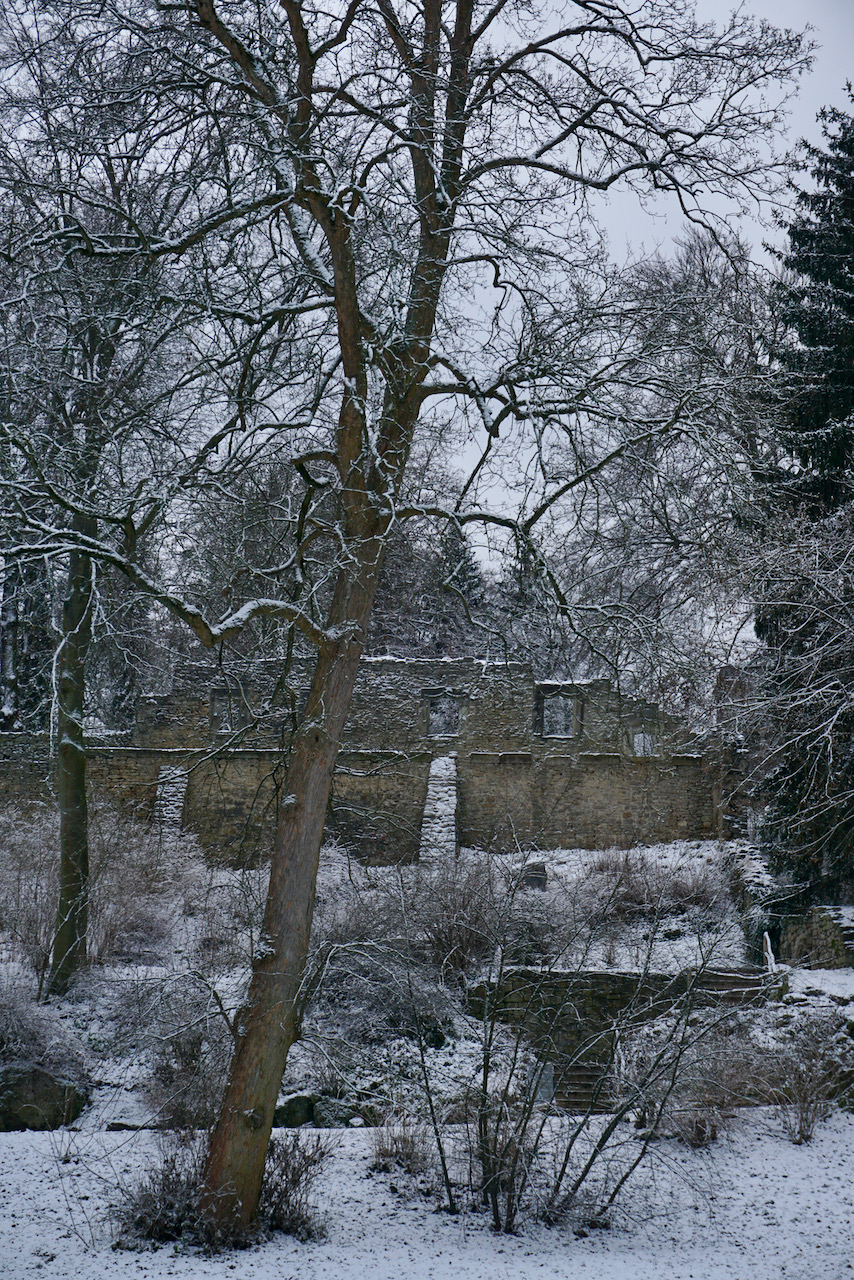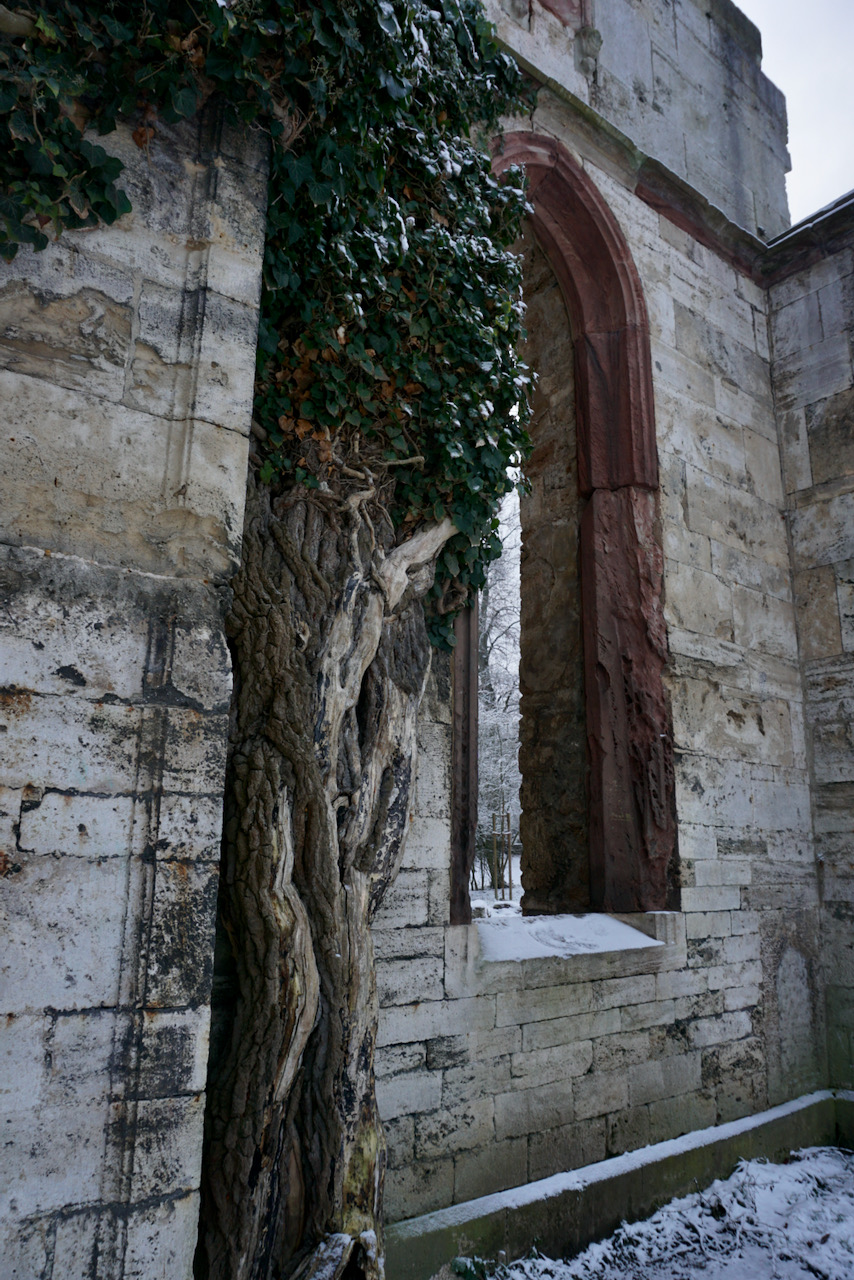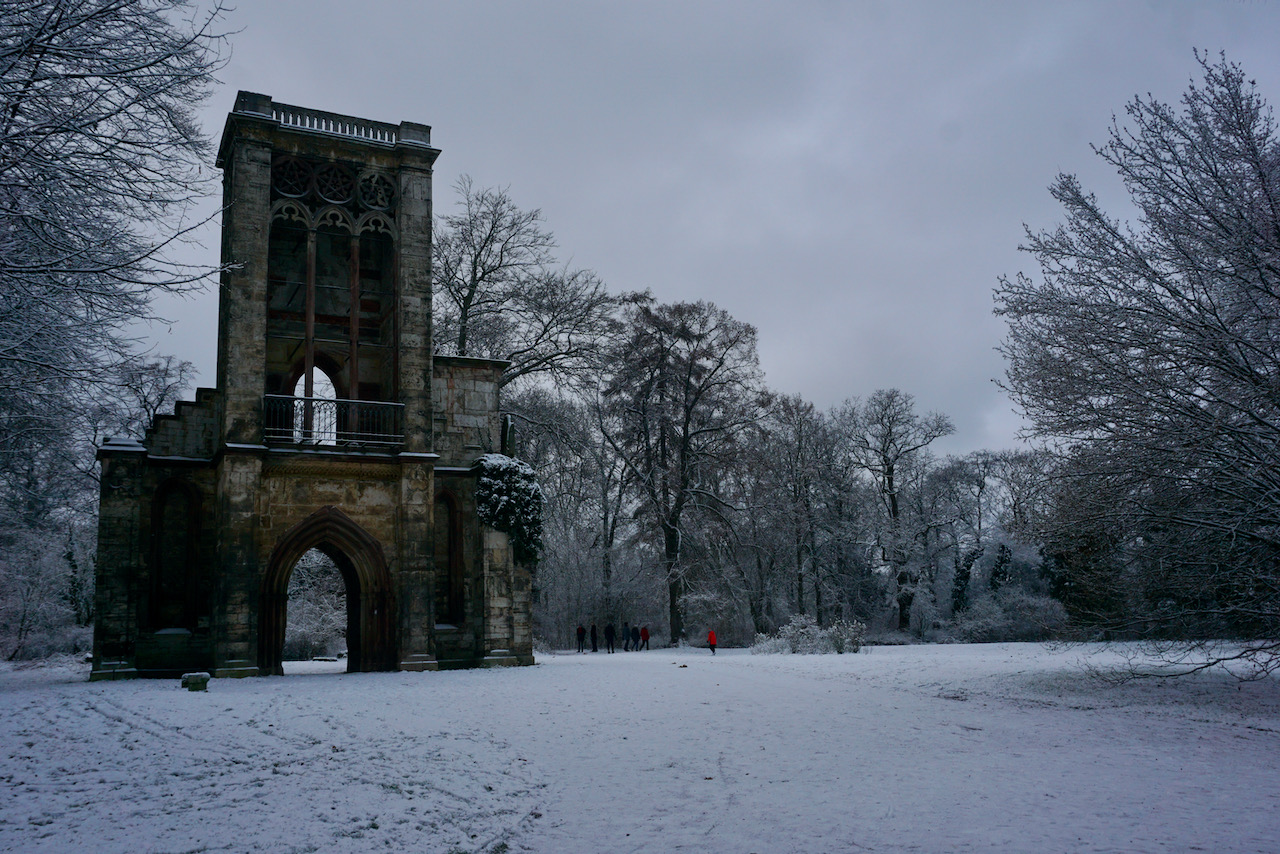After two nights in Zagreb and an afternoon in Plitvice Lakes National Park, my parents and I drove through beautiful mountains and the sort of scrubbed bush that seems to come right out of rock. The best word to describe the sky, I wrote in my journal later, was the German word diesig, which can mean both misty and hazy, but has none of the negative connotation of haze. The sun peeked through but to say it was sunny would be misleading. It was a beautiful drive and I was glad to be behind the wheel.
We arrived in Split in the dark and the air tasted like the sea.
The following morning we took a walking tour that gave us a brief introduction to Split’s old town and taught us a great deal about Split’s history from the time of the Roman Empire. This is where I began to understand the role of the Balkans as a crossroads through Europe. It seemed to me that Croatia has been historically disregarded as the playground of empires, even as empires rely on its strategic location for conquest and safe passage. This was clearly seen in Split, a city that has traded hands time and again throughout the course of history.
I would have thought that the enormity of Diocletian’s palace and the ancient Cardo, the trade corridor still running under Split’s streets, make this city, a UNESCO World Heritage site, one of deep interest for archaeologists and historians. However, as the guide explained, UNESCO is interested in new finds. Split and its heritage might be beautiful, but are not new finds.
After a walk to get our bearings, we spent the afternoon following the path up Marjan Hill to reach the highest point in Split and look down on the city from below. Interestingly enough, we found an old Jewish cemetery on the way.
I found that I could not get enough of the landscape. The white stone gave me shivers when I touched it; there were plants, trees, and cacti that I had never seen before; water was visible from everywhere above; mountains visible from every angle. The polished stone of the streets and buildings shone in sunlight and moonlight, and caper bushes were growing on the palace walls. The stories the stone could tell.
And of course, no ancient city of great trading status would be complete without a port.
For our last day in Dalmatia, we took a ferry an hour away to the island of Hvar. We walked up to the fortress overlooking the Adriatic and the town below and then along the harbour in the opposite direction, following paths that twisted and turned around trees and white stone.
From what we saw in our short time there, we were in a very peaceful place. Pristine and windy, twisting streets leading to gardens and alleys, paths winding through parks. It was just a really lovely atmosphere, one that I imagine gets very quiet when the tourists are gone for the winter (though that’s not to say the locals mind the break).
Rather than walking back along Split’s waterfront when we returned, we walked in the opposite direction towards the beaches, and I put my feet into the Adriatic for the first time. I love new bodies of water and this one was warmer than expected. We sat and watched the sky until the sun set.

And then from there we would head further south along the coastal road to our last destination – Dubrovnik.


